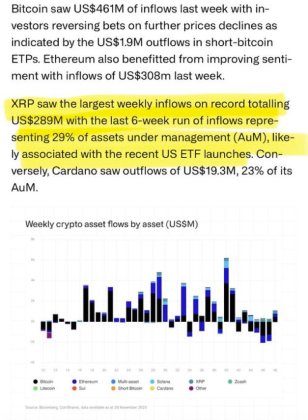Summit Street Invests $25M in Signet: A Quiet Hope for Revival?

The filing, dated September 30, revealed that Signet’s stake now accounts for 3.5% of Summit Street’s $729 million in reportable U.S. equity assets. It is one of 30 holdings, a modest figure in a portfolio that leans toward technology’s flickering lights. Yet here, in the jewelry sector’s slow-moving tides, the fund has placed its bet. The shares, acquired at $95.80 apiece, now sit at $86.34, a price that whispers of stagnation and the S&P 500’s distant, ascending shadow.







